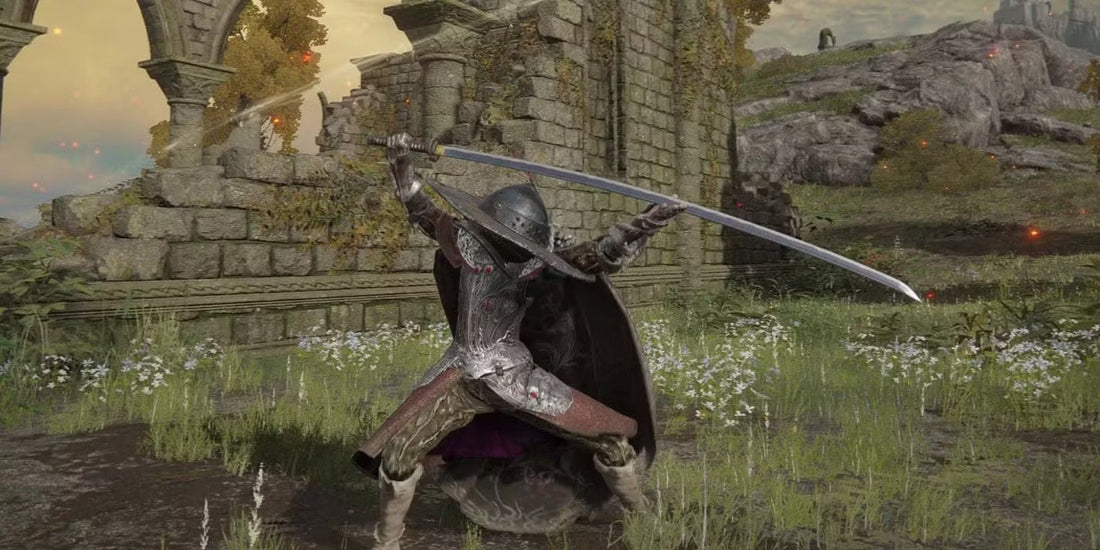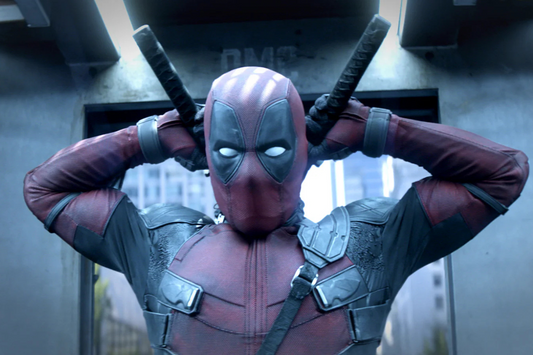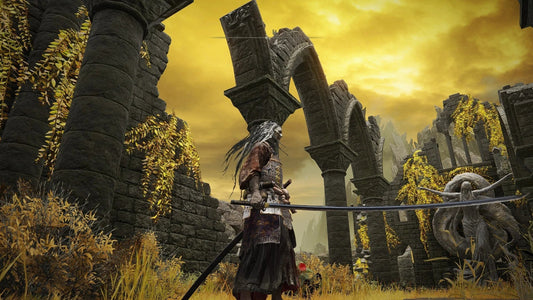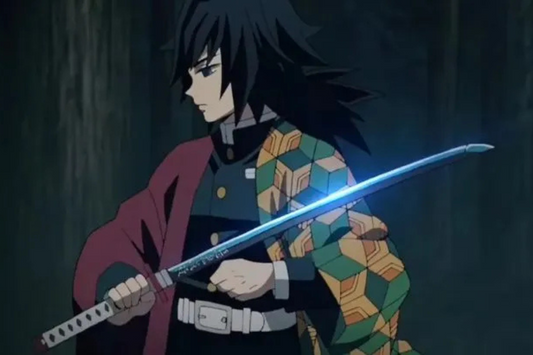
Nagakiba Sword Explained: History, Power, and Legacy
The world of legendary blades is crowded with storied weapons that blend history, myth, and martial prowess. Yet among these iconic weapons, the Nagakiba sword carves out a unique place for itself. Whether you're a seasoned katana enthusiast or an anime aficionado hungry for blade lore, understanding the Nagakiba means diving into the past, decoding its design, and appreciating the powerful symbolism it carries into battle.
In this comprehensive guide, we explore the Nagakiba sword’s origins, its unique structure and function, and the legacy that makes it a standout among historical and fictional weapons.
What Is the Nagakiba Sword?
The Nagakiba sword is often described as a hybrid between a traditional Japanese katana and an exaggerated battlefield cleaver. Though not as well known as the famous Masamune or the mystical Kusanagi-no-Tsurugi, the Nagakiba has recently gained attention thanks to its appearances in historical reconstructions, martial arts exhibitions, and anime-inspired weapon designs.
While the exact origin of the term “Nagakiba” remains debated—possibly deriving from old Japanese dialects or stylized interpretations in fiction—the blade itself is recognized for its slightly elongated curvature, reinforced edge, and heavier-than-average weight.
It’s not just a weapon. It’s a statement.
Historical Roots: Fact or Folklore?
The Nagakiba sword doesn’t appear in official samurai registries like the Honami lineage or within the list of Japan’s designated National Treasures. Instead, its lore is scattered through regional myths and speculative writings, suggesting it was used by a lesser-known warrior class or as a ceremonial weapon in rural provinces.
Some historians suggest the Nagakiba may have originated during the late Muromachi or Sengoku period, when innovation in battlefield weaponry was essential for survival. The blade’s extra weight and thicker spine indicate that it may have been forged for armor-piercing attacks, ideal against heavily plated samurai.
Though no officially preserved Nagakiba blades exist in museums, replicas and modern interpretations based on recovered fragments give us insight into its battlefield use.
What Makes the Nagakiba Sword Unique?
Elongated Cutting Edge
The Nagakiba blade is known for having a slightly longer curvature than the average katana. This feature increases its reach and cutting momentum, ideal for sweeping strikes and wide arcs. Combined with a heavy-duty spine, it could deliver a crushing blow even if it didn’t fully slice through the enemy.
Reinforced Back and Wide Kissaki
The spine of the blade (mune) was thicker than average, giving it additional weight and stability. This made the Nagakiba sword less agile but dramatically more destructive. The tip (kissaki) was also wider and shaped for piercing layered armor or bone, making it a devastating weapon in the hands of a trained warrior.
Designed for Two-Handed Combat
Like the nodachi or odachi, the Nagakibi required both hands to wield efficiently. This meant users needed significant upper body strength, making it less common among the average foot soldier and more likely reserved for elite warriors or executioners.
The Power of the Nagakiba Sword
While not embedded with magical powers like the swords of anime or mythology, the power of the Nagakiba sword lies in its sheer practicality and destructive intent. Its design optimized it for battlefield supremacy, capable of breaking guard stances, severing limbs, and penetrating traditional samurai armor.
In fiction and fantasy settings, the Nagakibi is often portrayed as a curse breaker or demon slayer, echoing its real-life association with power and aggression. Whether slicing through enchanted foes or confronting moral dilemmas in anime storylines, the weapon becomes a metaphor for cutting through illusion and facing brutal truth.
Pop Culture and Anime Interpretations
Although the Nagakiba sword may not have the same pop culture saturation as blades like Excalibur or Zangetsu, it has started appearing more frequently in anime, manga, and JRPGs. These depictions typically show it as:
-
A heirloom of a disgraced warrior clan
-
The weapon of a rogue executioner or vigilante
-
A blade that only those with incredible spiritual or physical strength can wield
In shows where swords are extensions of the user’s soul or resolve, the Nagakibi is often portrayed as a double-edged burden—a weapon of last resort, used when dialogue fails and raw force is all that remains.
Its presence in these stories has helped elevate it to cult status among fans of Japanese weapons and sword-focused storytelling.
The Legacy of the Nagakiba
Symbol of Raw, Unrefined Power
Unlike the katana, which emphasizes elegance, discipline, and razor precision, the Nagakiba sword symbolizes unfiltered power. It’s not a surgeon’s scalpel—it’s a war hammer in sword form. It speaks to the warrior’s primal side, where survival outweighs artistry.
From Battlefield to Collector’s Shelf
Modern smiths have taken an interest in recreating the Nagakiba for collectors and martial artists. While these replicas are rarely used in real combat, they have become popular for:
-
Kenjutsu demonstrations
-
Weapon exhibitions
-
Anime and cosplay props
-
Fantasy concept art
Each recreation pays homage to the blade’s aggressive nature, and many modern smiths engrave the sword with kanji symbols for power, death, or unyielding strength.
The Collector’s Perspective
For sword collectors, a Nagakiba-style weapon represents a rare blend of historical obscurity and fantasy appeal. It’s not just another katana on the wall. It’s a conversation piece—something that sparks debate about form, function, and forgotten warfare.
Its uniqueness makes it one of the more desirable “deep cut” weapons for serious sword enthusiasts looking to move beyond mainstream replicas.
Conclusion: Why the Nagakiba Sword Still Matters
The Nagakiba sword may not be the most famous blade in Japan’s historical or fictional arsenal, but that’s exactly what makes it compelling. It breaks away from the romanticism of the katana and embraces a grittier, more grounded legacy—one rooted in raw power, battlefield necessity, and relentless momentum.




